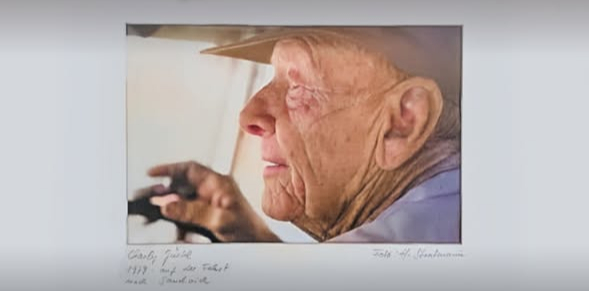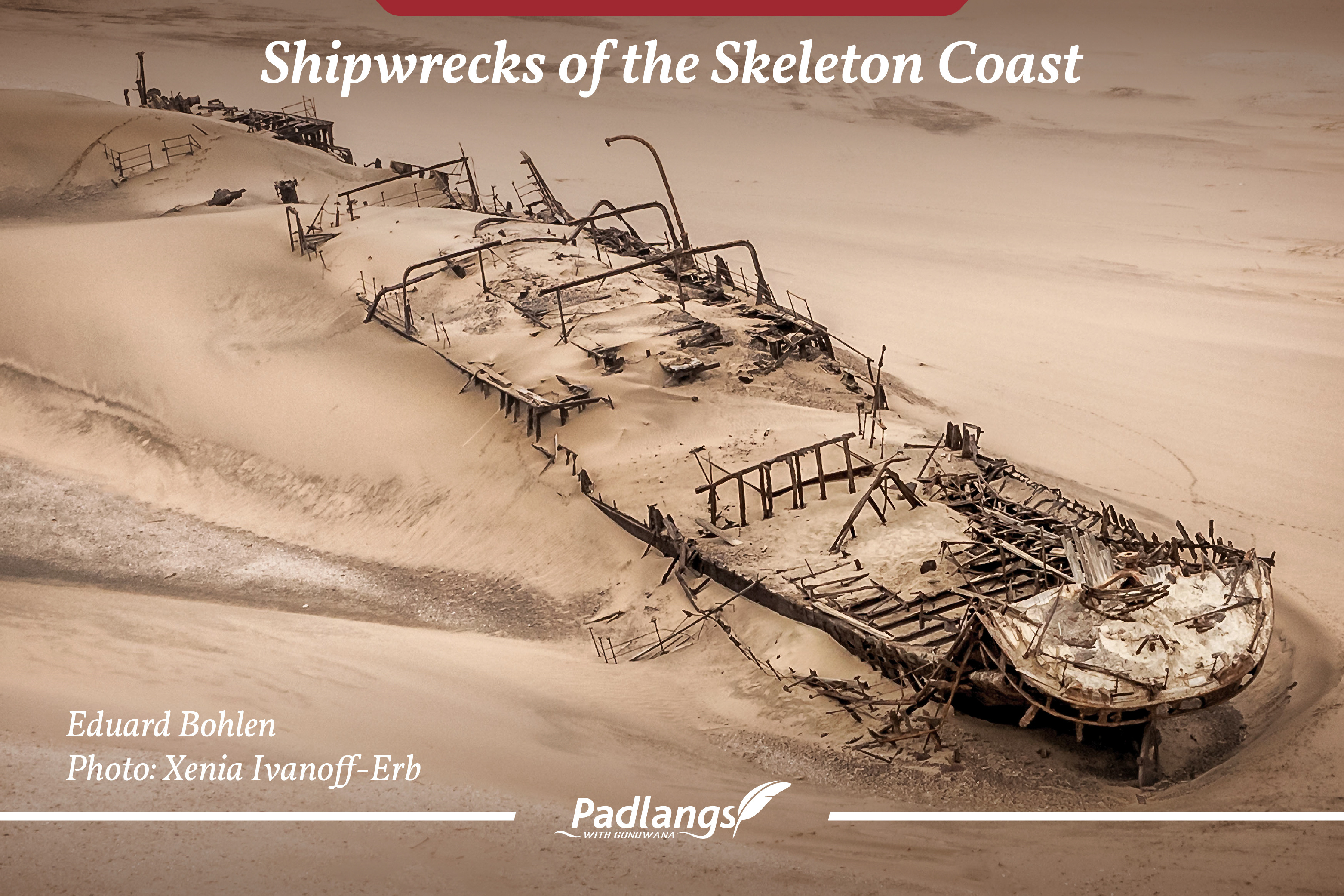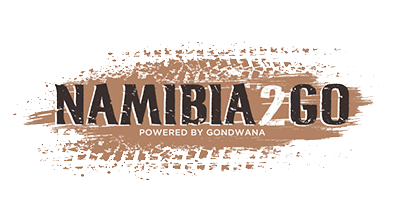I have many memories of sitting in the doctor or dentist’s waiting room as a child and paging through the reader-friendly book-like magazine, Reader’s Digest. There was always a story that immediately absorbed me and I would reluctantly put it down when I was called in for my appointment.
A hundred years old in 2022, the long-lived American magazine is known for its general interest stories, humorous sections, life lessons and health advice. By the end of the twentieth century, Reader’s Digest had 39 versions worldwide in 15 languages and reached 28 million people. And, although following a more conservative route, over its long tenure it has featured original articles and reported on topics like ‘Cancer by the carton’ contributing to a drop in cigarette consumption, the abuse in nursing homes, the life and capture of Oklahoma bomber Timothy J McVeigh and the Khmer Rouge atrocities. In 2013 Reader’s Digest published one of its most interesting pieces, a global social experiment where its staff dropped hundreds of wallets (with contact details) in sixteen cities on four continents to see how many would be returned. They were happy to discover that 47% of the wallets were returned, reassuring the public that honesty still exists in the world.
The magazine had humble beginnings. DeWitt Wallace had published a 128-page farming book in the early 1900s and he drove through several states selling the books. World War I put an end to his travelling book sales and in October 1918 he was wounded in France. He returned home and began to work on digest - i.e. condensed - magazine pieces, collecting the best stories from a variety of publications, shortening them and compiling 31 stories, one for every day of the month. With his wife, Lila Bell Acheson, they published the first issue of Reader’s Digest in 1922. Only five years later, they were printing and distributing 30 000 copies. By the 1940s it was America’s best-selling monthly publication, exceeded only by the bible, and selling one million copies a month.
It was the beginning of one of the most successful magazines to date. Wallace had hit on a winning formula - abridged popular stories that informed and engaged the reader. Reader’s Digest branched out. Besides publishing worldwide (including South Africa from 1948), it also published in Braille, audio and large print, and published Reader’s Digest Condensed Books. In 2008 it adopted the slogan ‘Life well shared’.
Forced to embrace the times, in 2013 after filing for bankruptcy for the second time, it rebranded and entered the digital world. Today it forms part of Trusted Media Brands, whose print and digital magazines reach 60 million people worldwide every month.
As I’m well-known as an avid history-collector, I was recently the happy recipient of a box of old goods. In it I was delighted to find a dog-eared copy of Reader’s Digest, a treasured find as it had not been printed in South Africa since 2008. In no time at all I was sitting down absorbed in its pages once again.
(References:https://www.cnbc.com/2020/03/02/how-readers-digest-transformed-into-a-digital-multimedia-brand.html; https://www.readersdigest.co.uk/inspire/life/100-years-of-readers-digest-a-timeline; www.rd.com)
What are your memories of Reader’s Digest? Please share them with us, we’d love to hear them.
You might also like
Copyright 2025. All Rights Reserved by Padlangs, Gondwana Collection Namibia



.jpg)





.png)

SUBMIT YOUR COMMENT